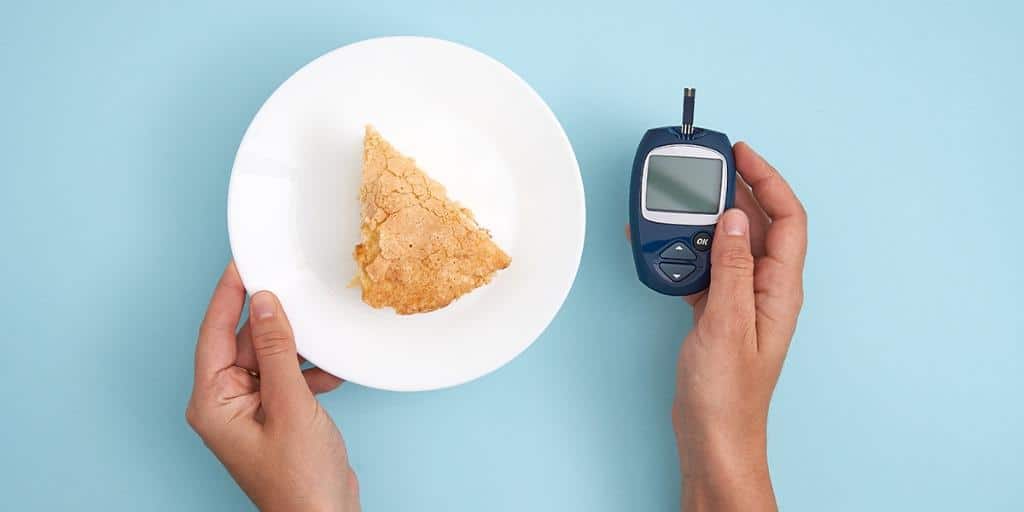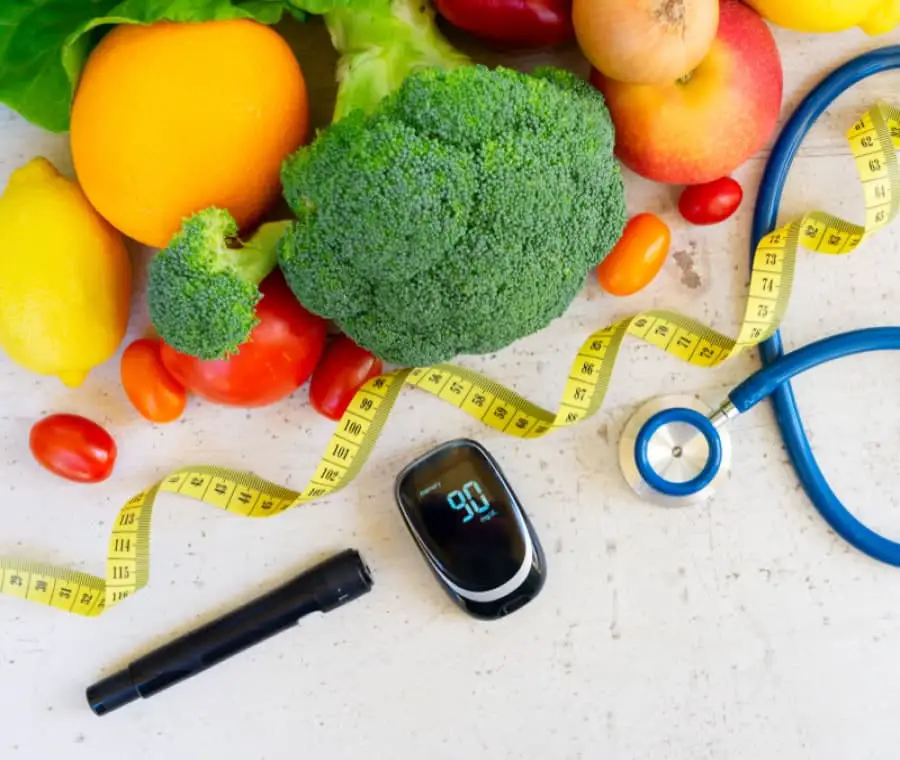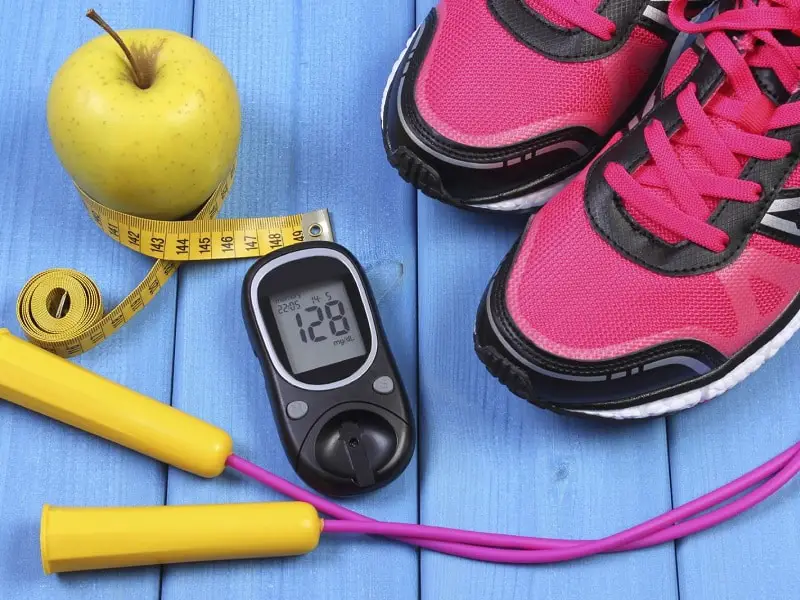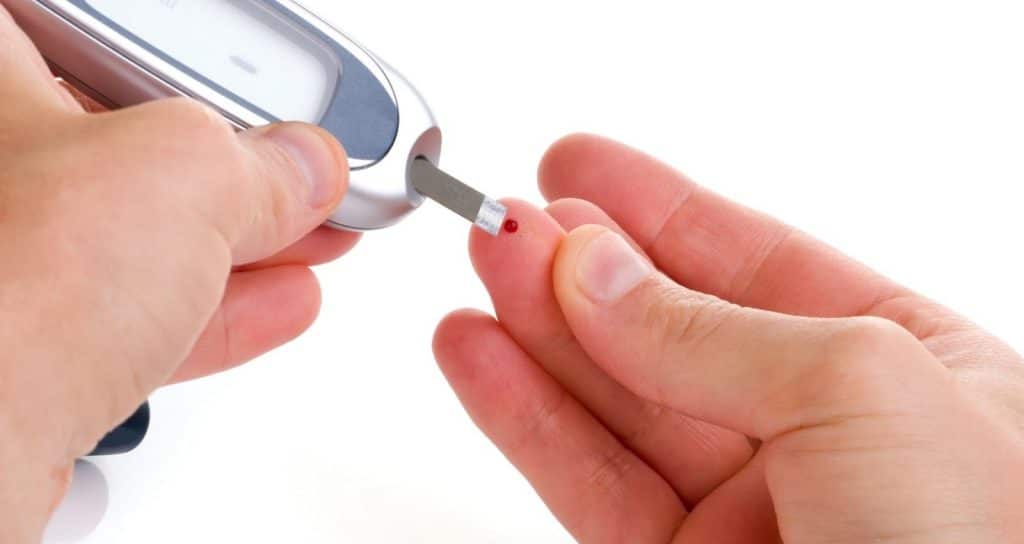Rates of diabetes continue to increase, with 11.7 million Canadians living with diabetes or pre-diabetes. At UBC, scientists have created a method of oral insulin administration painlessly to help people with diabetes manage their disease and maintain their health more easily.
No more shots with oral insulin
Li Lab researchers have developed oral insulin drops that, when placed under the tongue, are quickly and efficiently absorbed by the body, potentially replacing the need for insulin injections.
The drops contain a mixture of the insulin molecule and a unique cell-penetrating peptide (CPP) developed by Dr. Shyh-Dar Li and colleagues.
“Insulin is a complicated molecule,” explains lead researcher Dr. Li, professor at the Faculty of Pharmaceutical Sciences. “In pill form, it is easily destroyed in the stomach. The insulin molecule must also be rapidly available in the blood, but being a large molecule, it cannot easily cross cells on its own.” The peptide, obtained from fish by-products, opens a pathway for the insulin molecule to pass through.
Preclinical tests have shown that the insulin molecule with the peptide effectively reaches the bloodstream while without the peptide the insulin gets stuck in the inner lining of the mouth.
“Think of it as a guide that helps the insulin molecule navigate through a maze to quickly reach the bloodstream. This guidance finds the best routes, making it easier for the insulin molecule to get where it needs to go,” said postdoctoral researcher Dr. Jiamin Wu. in the Li Laboratory.
Two versions of the peptide are described in recent articles in the Journal of Controlled Release. The UBC team is working to license the technology to a commercial partner.
Healthy people obtain the insulin molecule naturally from the pancreas to regulate glucose after a meal. Diabetes patients cannot produce enough insulin and need to obtain it from an external source.

Unregulated glucose can be very dangerous, so diabetic patients must monitor their glucose levels and take insulin to lower them when necessary. Although injections are the fastest way to get insulin into the blood, patients typically need at least three or four injections a day, which can affect their quality of life. Adherence to this regimen is challenging and, over time, can cause serious complications such as eye, kidney and nerve damage, which could lead to limb amputation.
“My laboratory has been working on alternatives to the needle-free insulin molecule for the past three years,” said Dr. Li. “We tried nasal sprays before landing on oral drops, which are easy and convenient. We hope that oral drops will open up a new possibility for diabetic patients, making it easier to take medications and regulate blood sugar levels to maintain long-term health.”
Two inhalable insulin products (Exubera, Afrezza) were previously approved, but the effects were suboptimal and have been shown to increase the risk of developing lung cancer. These products have been recalled. Dr. Li aims to achieve quick and painless administration without significant side effects.
The new needle-free technology is expected to reduce the risk of cross-contamination, needle sticks, accidental infections and unsafe disposal of contaminated needles.
Inhaled insulin could improve the lives of patients with diabetes
Diabetes is characterized by insufficient production of the insulin molecule or ineffective use of insulin. It causes many health problems and risks for those suffering from one of the various forms of the disease. Risks include cardiovascular disease and microvascular complications such as eye, nerve and kidney disorders. There is also the risk of acute problems that can lead to sudden death.
Conventional treatments rely on daily insulin molecule injections or insulin molecule pumps used in conjunction with regular blood sugar monitoring. Such regimens can be complicated and are associated with discomfort, time constraints, and the need for precise dosing, to avoid unpredictable blood sugar levels and serious complications.
The inhalable insulin molecule offers a new approach to diabetes management. Using devices similar to those used by people with asthma or other chronic lung diseases, including nebulizers and metered-dose inhalers, it is possible to dispense a precise amount of the insulin molecule into the patient’s lungs from where the hormone will be absorbed into the bloodstream quickly and effectively allowing a Quick action when needed.

One of these drugs, Afrezza, a rapid-acting inhalable insulin, gained U.S. Food & Drug Administration (FDA) approval in 2014 and remains the only inhaled insulin product on the market. It represented an important step towards a new approach to treating diabetes. Some previous inhaled therapies have not been shown to be safe or effective. Afrezza has a more reliable pharmacokinetic profile, which will offer patients greater convenience and better control of blood sugar levels.
In an article published in the International Journal of Nano and Biomaterials, an Indian team explains that insulin molecule inhalers could improve patients’ adherence to their drug regimen and therefore outcomes, by providing a non-invasive and easy-to-use alternative to traditional administration methods.
Priya Patel and Bhavisha Kacha of the Department of Pharmaceutical Sciences at Saurashtra University in Gujarat, India, add that nanotechnology could help guide the next steps in developing even more effective inhaler-type drug delivery systems for the treatment of diabetes mellitus.
Could insulin be available in a pill?
WEHI researchers in Melbourne have answered a 100-year-old question in diabetes research: Can a molecule other than the insulin molecule have the same effect? The findings provide important insights for the future development of an oral insulin molecule pill.
The research team visualized how a molecule other than insulin can mimic the role of insulin, a key hormone needed to control blood sugar levels.
The study conducted by WEHI opens new avenues for the development of drugs that could replace daily insulin injections for people with type 1 diabetes.
People with type 1 diabetes cannot produce insulin and require multiple daily insulin injections to keep their blood glucose levels under control.
The new research confirms that it is possible to use alternative molecules to activate the absorption of glucose into the blood, bypassing the need for insulin altogether.
The study, published in Nature Communications, was conducted by WEHI’s Dr Nicholas Kirk and Professor Mike Lawrence, in collaboration with researchers from Lilly, an American pharmaceutical company.
Dr. Kirk said scientists have struggled to produce insulin in pill form because insulin is unstable and easily broken down by the body during digestion.

“Since the discovery of insulin 100 years ago, the development of an insulin pill has been a dream of diabetes researchers but, after decades of trying, there has been little success,” he said.
Research has now accelerated dramatically with the development of cryo-electron microscopy (cryoEM), a new technology that can image complex molecules in atomic detail, allowing researchers to rapidly generate 3D images (“blueprints”) of the insulin receptor .
“With cryo-EM, we can now directly compare how different molecules, including insulin, change the shape of the insulin receptor,” Dr. Kirk said.
“The interaction of insulin turns out to be much more complex than anyone anticipated, as both insulin and its receptor radically change shape as they associate.”
Research shows how a molecule that mimics insulin acts on the insulin receptor and activates it, the first step in a pathway that directs cells to absorb glucose when sugar levels in the body are too high.
The team performed complex cryo-EM reconstructions to obtain blueprints of several molecules called “peptides” that are known to interact with the insulin receptor and keep it in the “active” position.
Cryo-EM experiments identified a peptide that can bind to and activate the receptor in a similar way to insulin.

“Insulin has evolved to carefully hold the receptor, like a hand holding a pair of pliers together,” Dr. Kirk said.
“The peptides we used work in pairs to activate the insulin receptor, like two hands grasping a pair of pliers on the outside.”
While therapeutic results are far off, the team’s discovery could lead to a drug that can replace insulin, reducing diabetics’ need for injections.
“Scientists have succeeded in replacing these types of mimetic molecules with drugs that can be taken as pills,” Dr. Kirk said.
“The road is still long and will require further research, but it is exciting to know that our discovery opens the door to oral treatments for type 1 diabetes.”
The study, “Activation of the human insulin receptor by non-insulin-related peptides,” is published in Nature Communications.
#Developed #oral #insulin #drops #provide #relief #patients #diabetes
